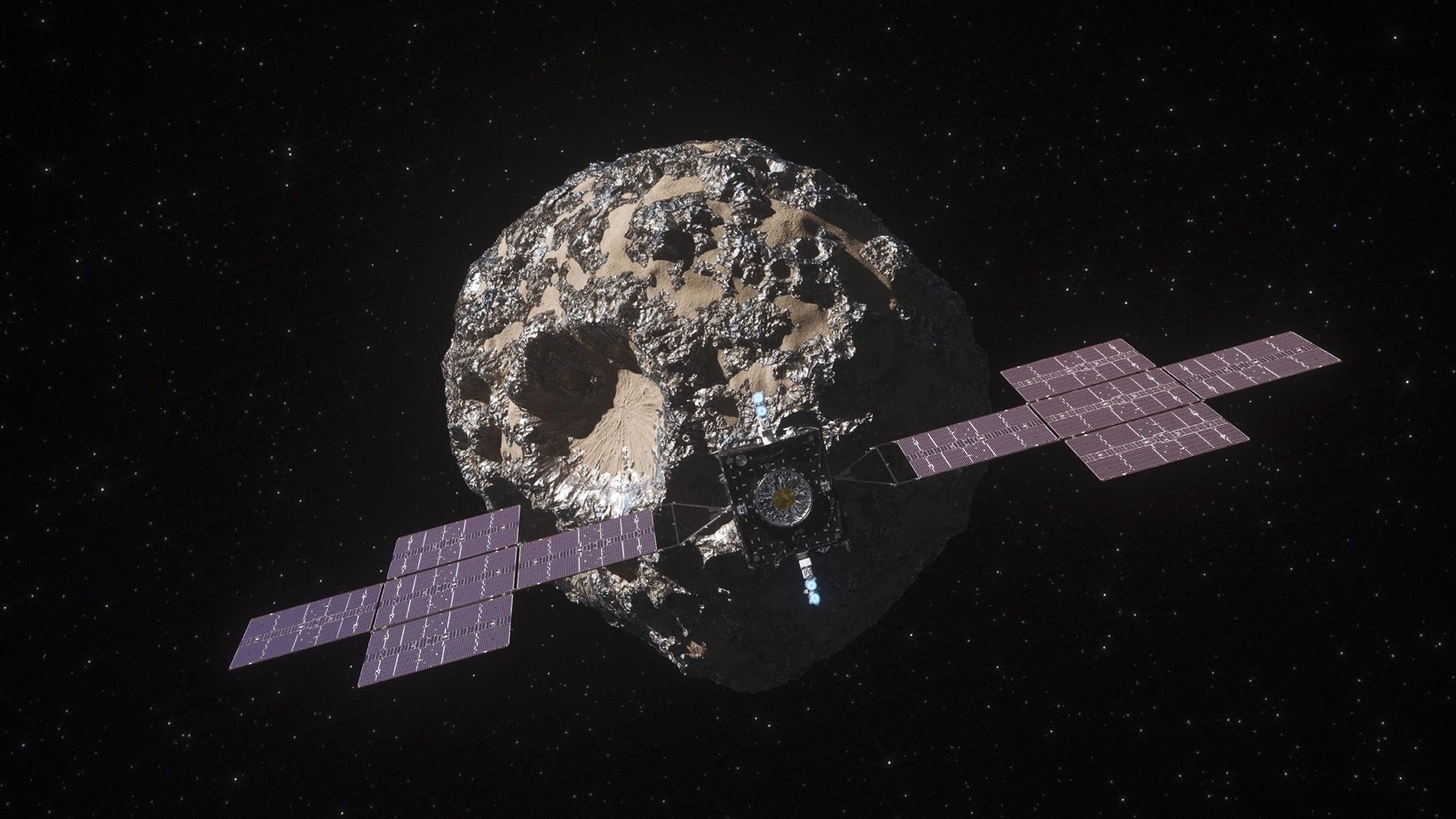Free Courses Sale ends Soon, Get It Now


Free Courses Sale ends Soon, Get It Now



Disclaimer: Copyright infringement not intended.
Context
Details
Mission Overview
About DSOC experiment
Importance of the DSOC Experiment:
About Laser
Basic Principles of Laser:
Components of a Laser:
Types of Lasers:
Applications of Lasers:
Conclusion
This achievement paves the way for a new era in space communication technology, enhancing our ability to communicate with spacecraft exploring the farthest reaches of the cosmos.
|
PRACTICE QUESTION Q. The NASA Psyche mission aims to explore the asteroid 16 Psyche, believed to be an exposed nickel-iron planetary core. Discuss the significance of the Psyche mission in unraveling the mysteries of the solar system's formation and its potential contributions to scientific knowledge. (250 Words) |
© 2024 iasgyan. All right reserved